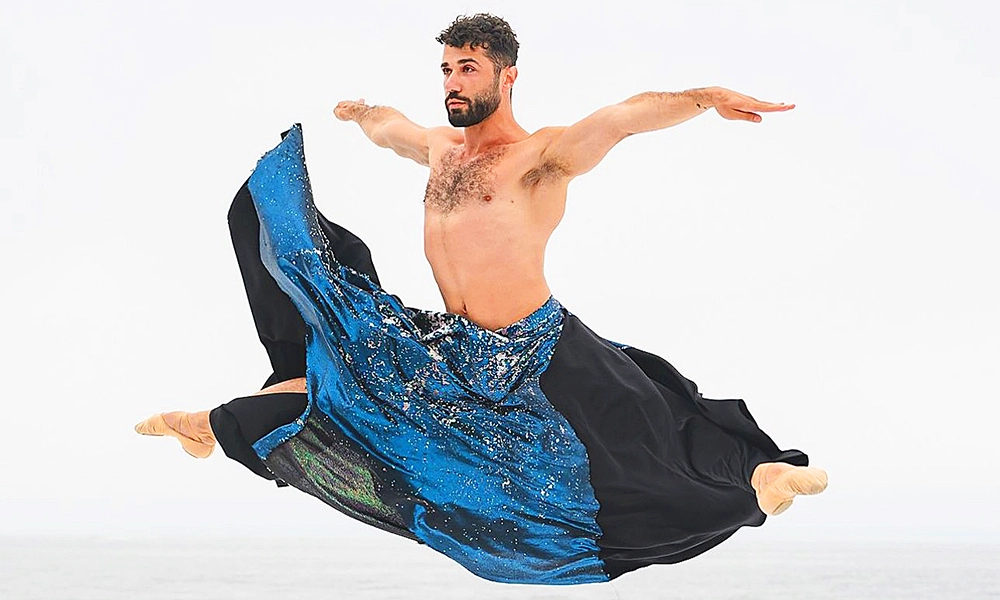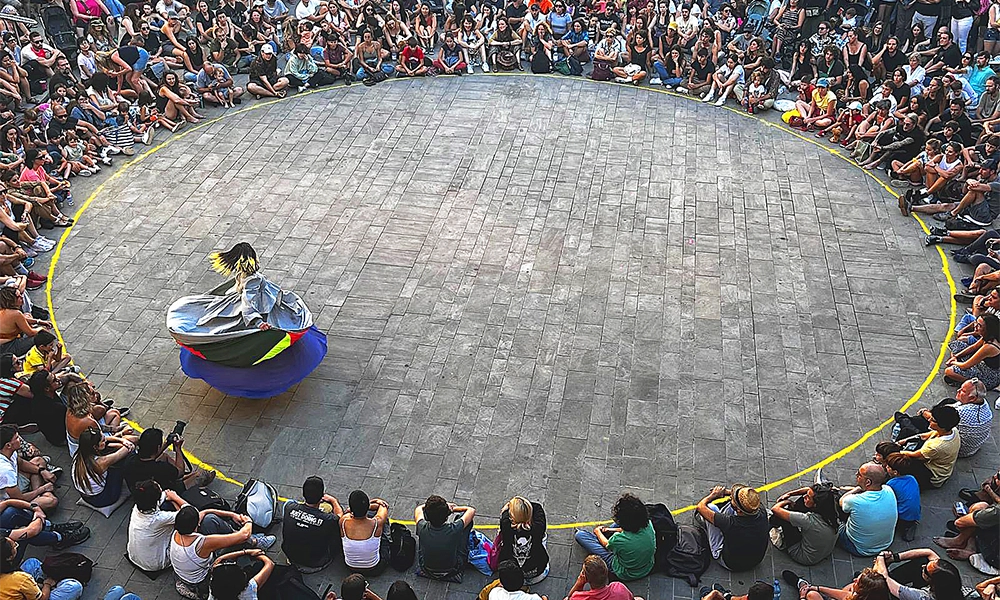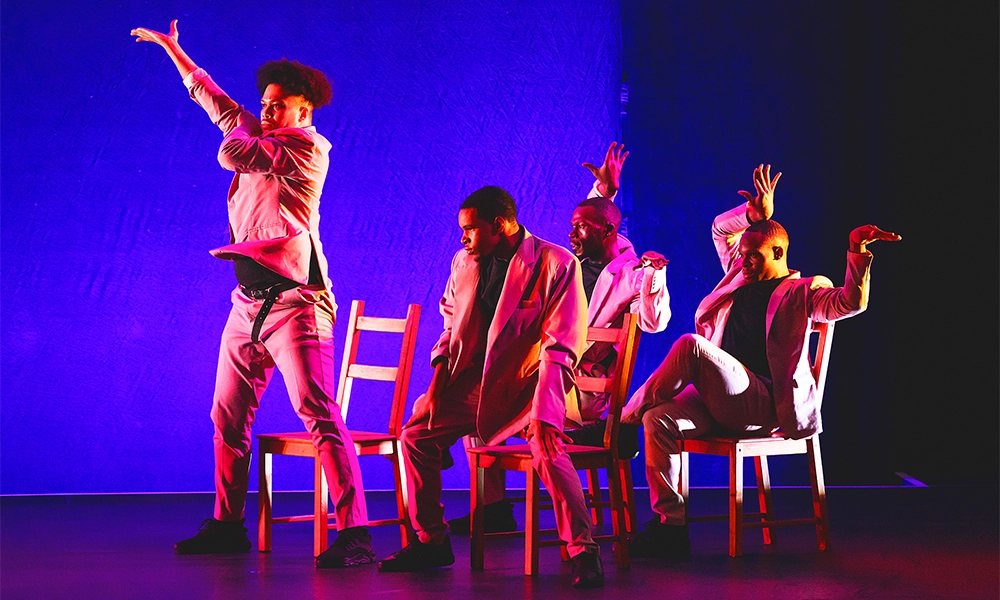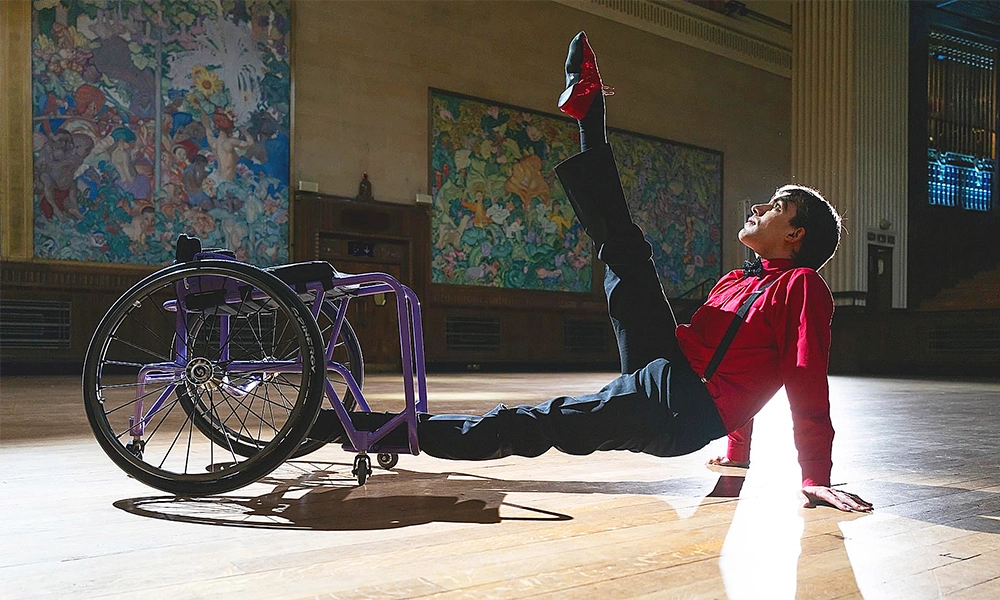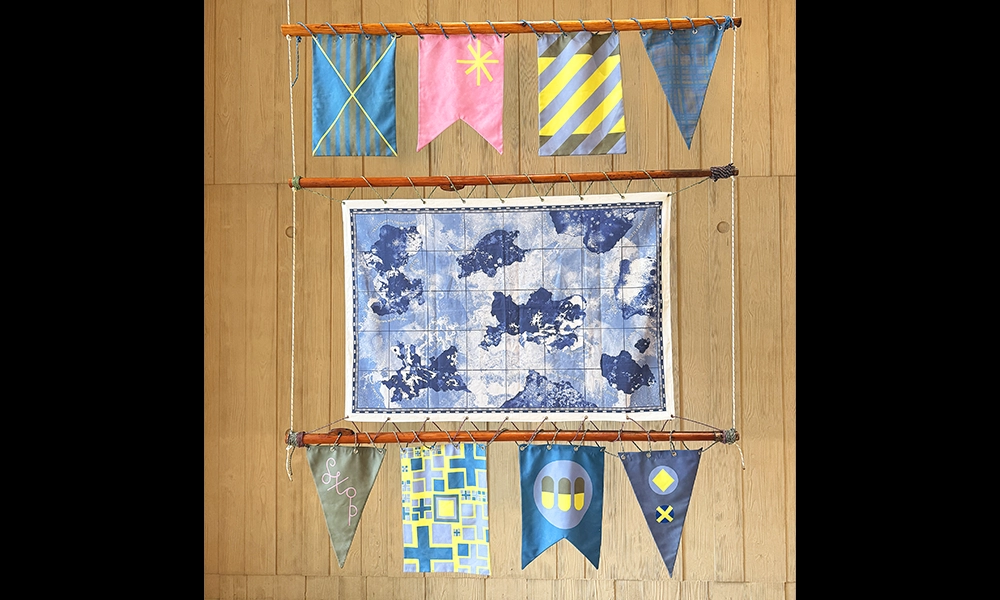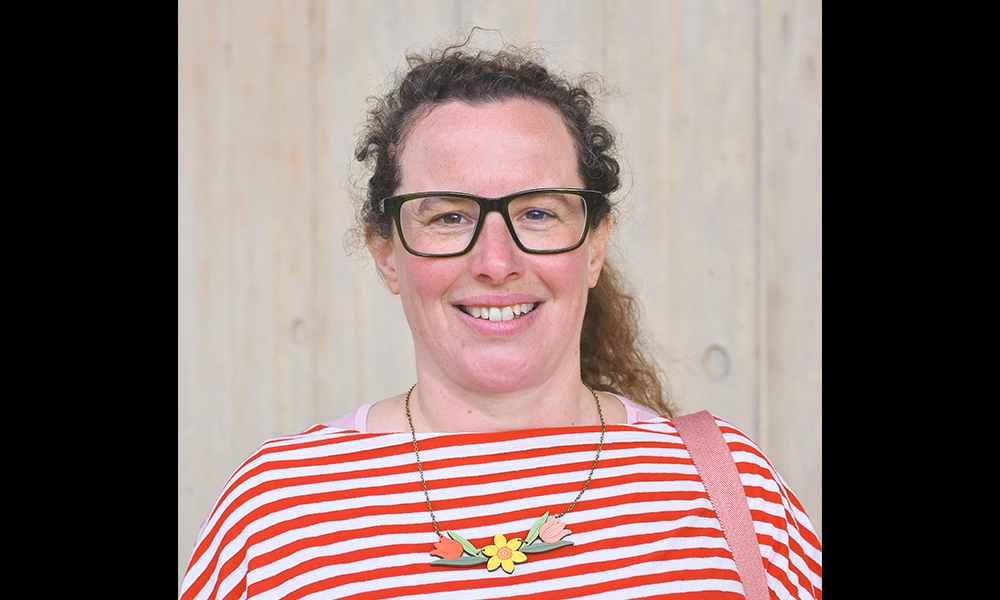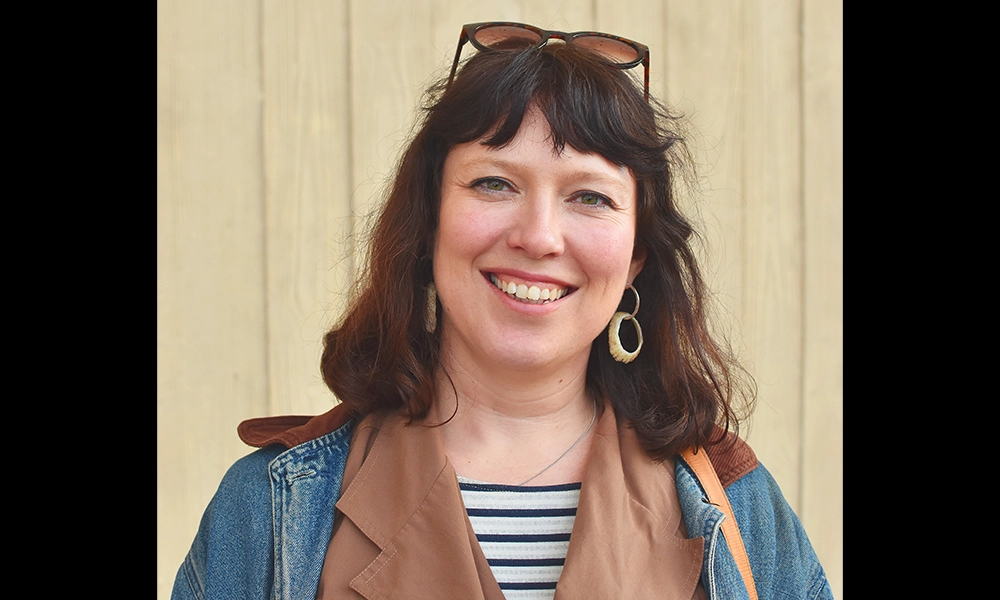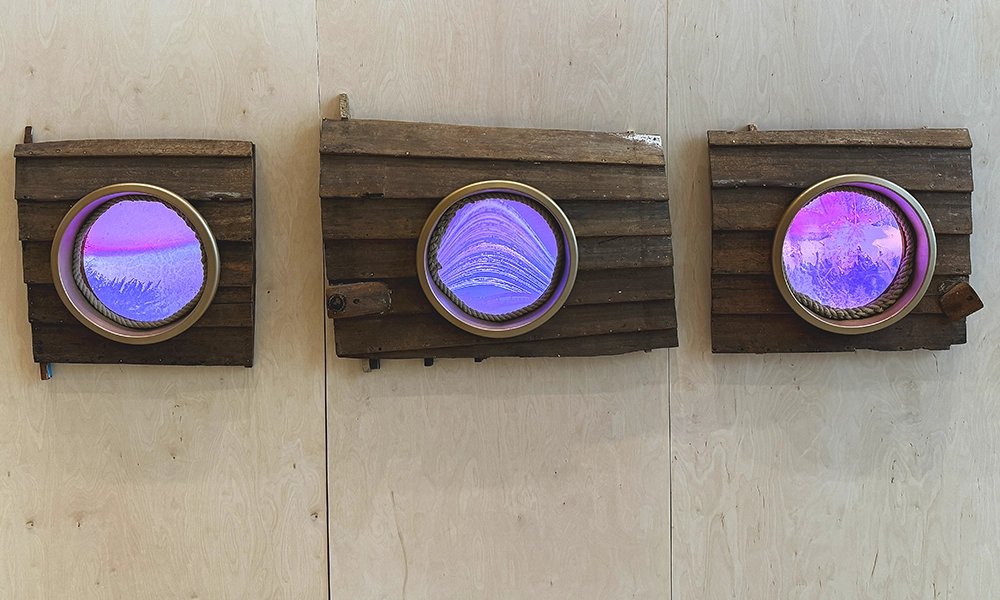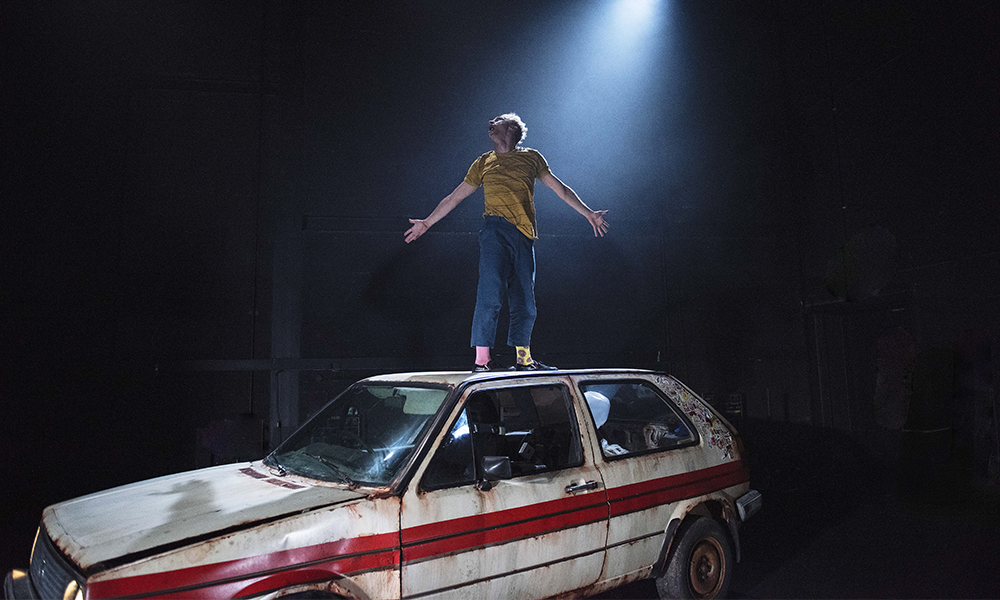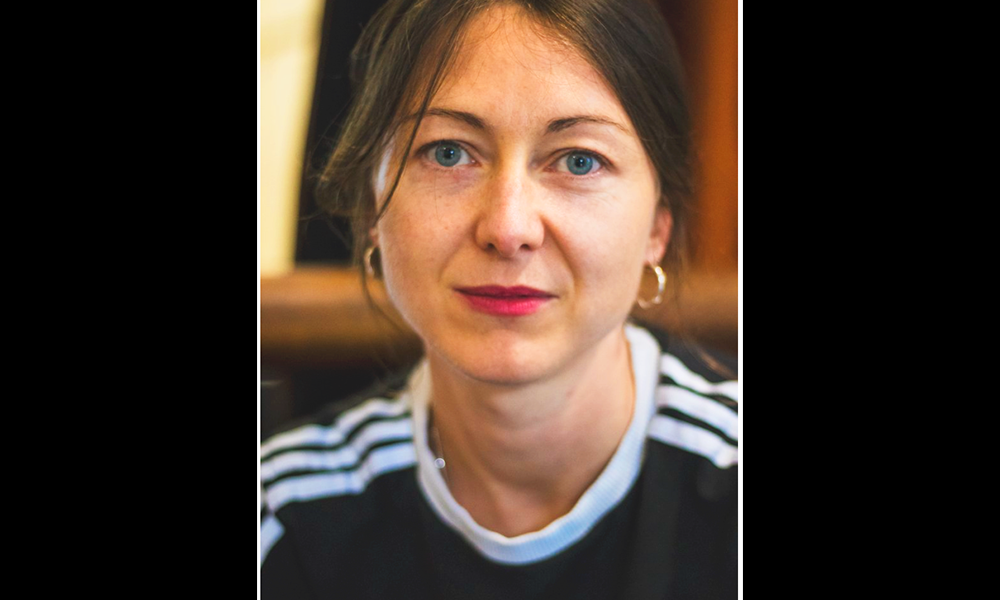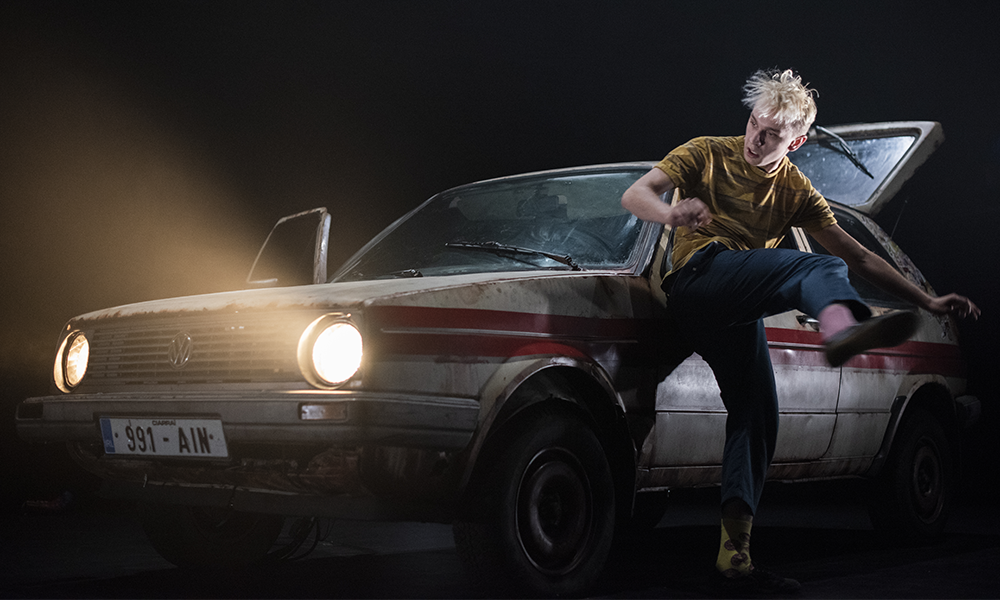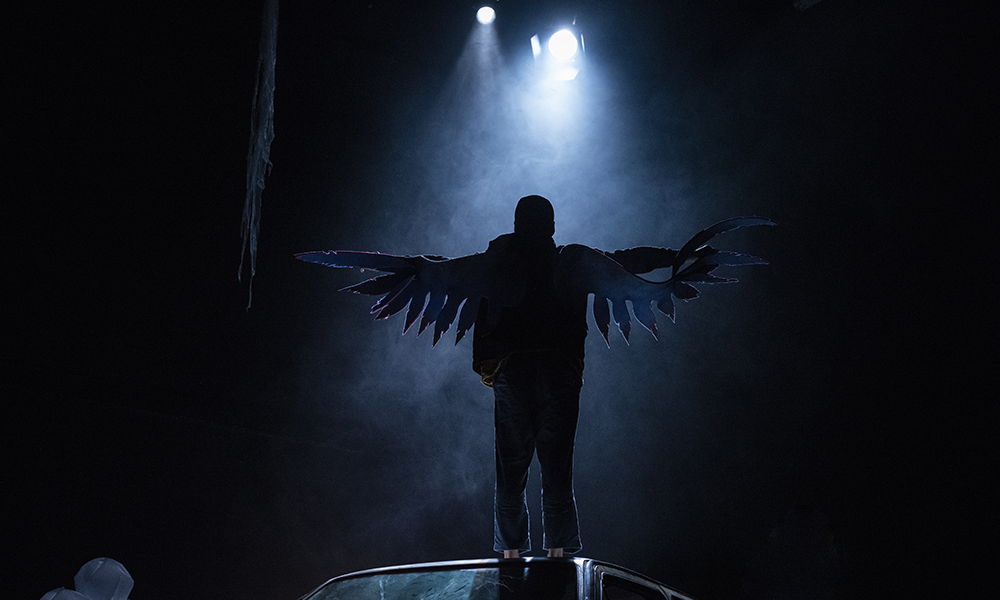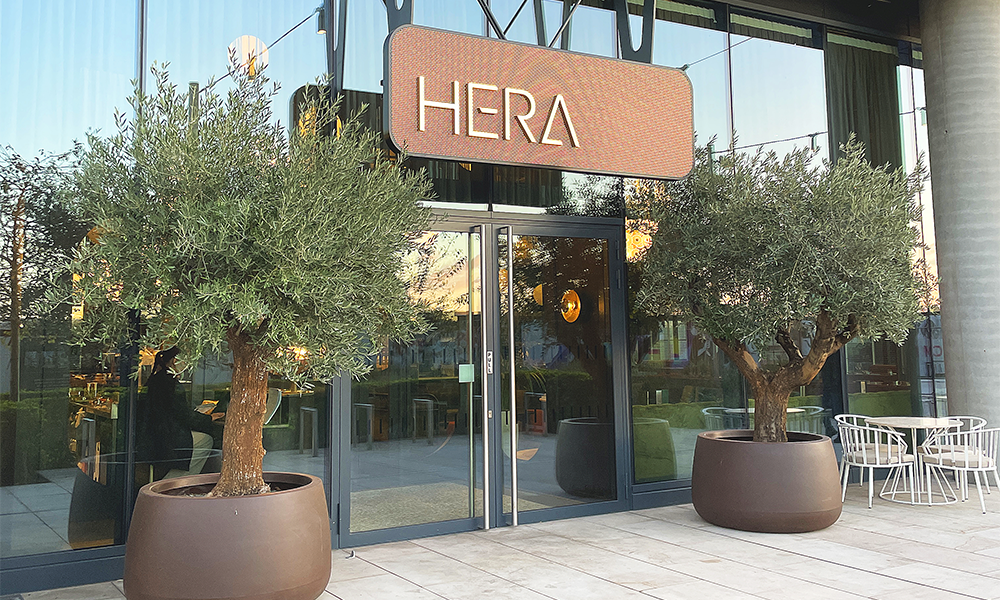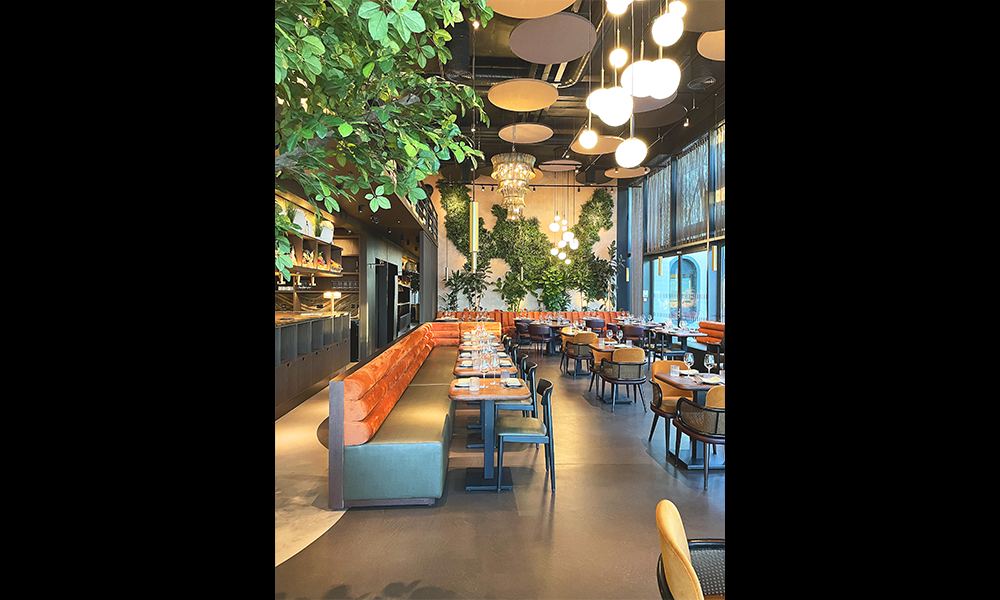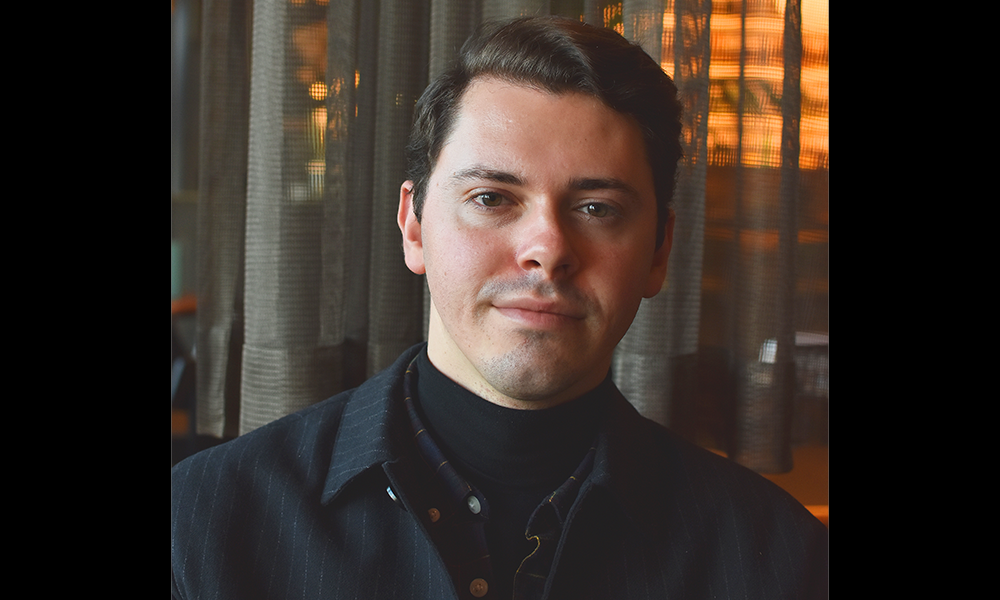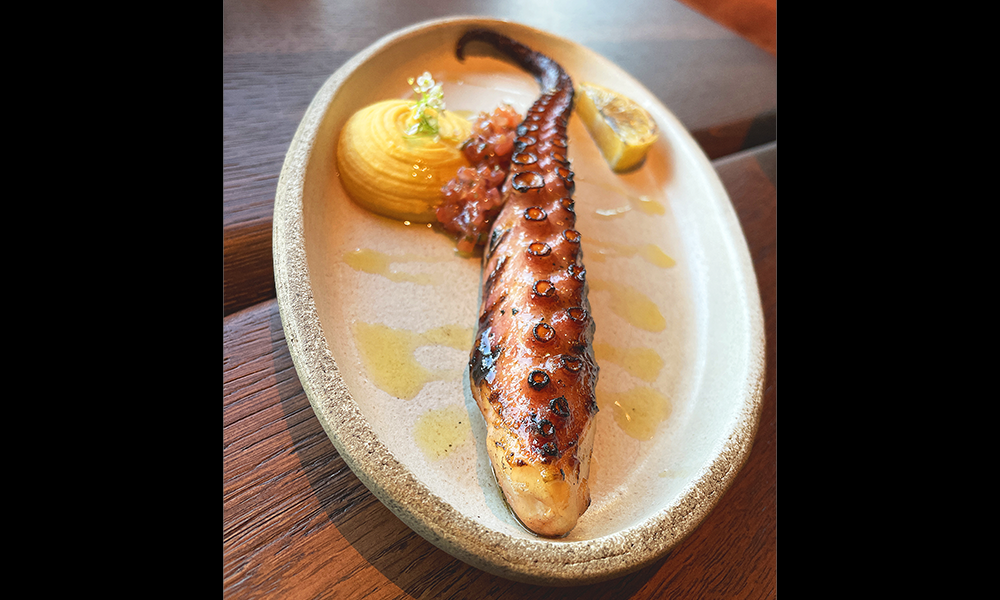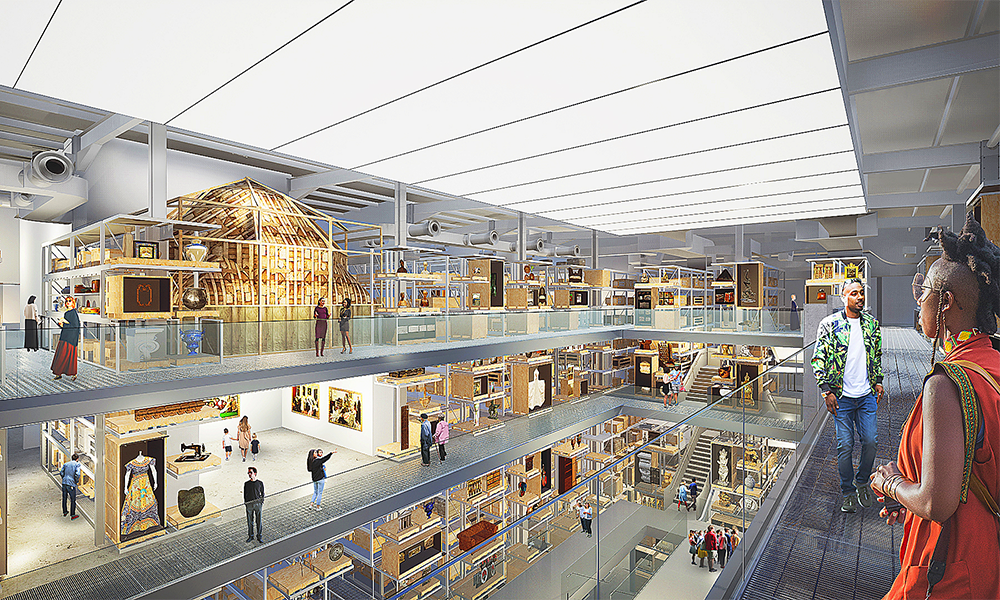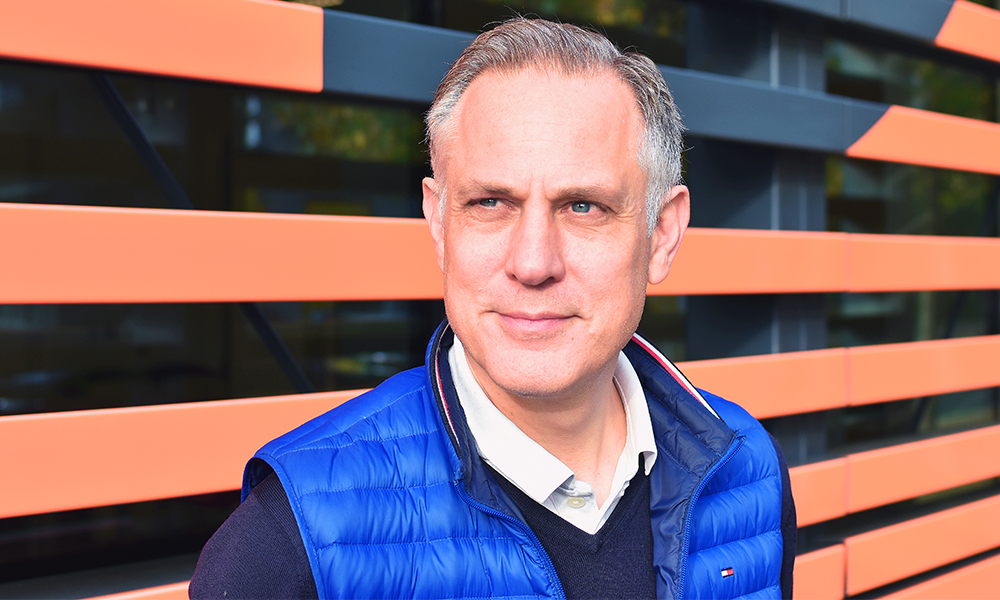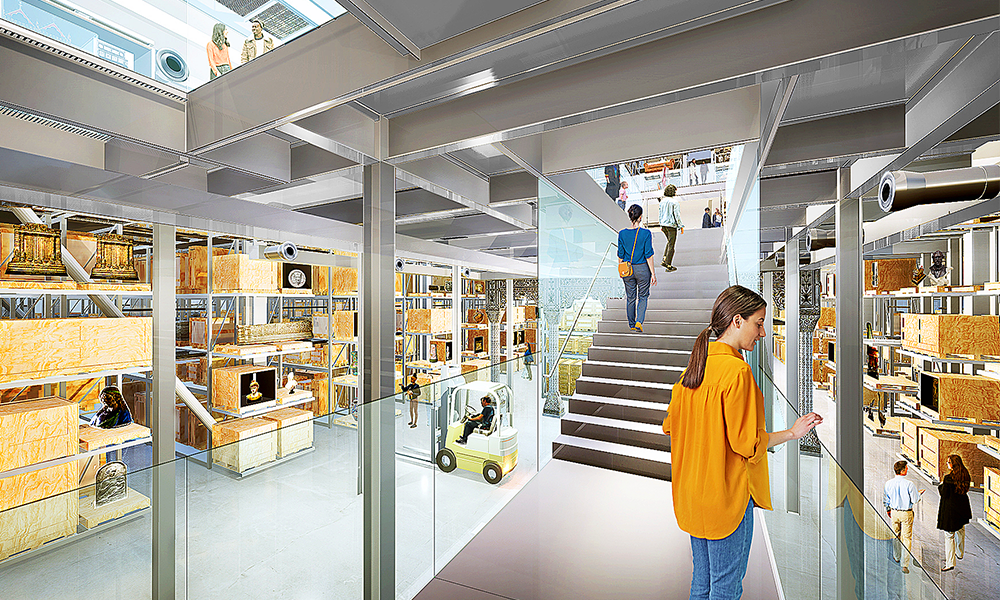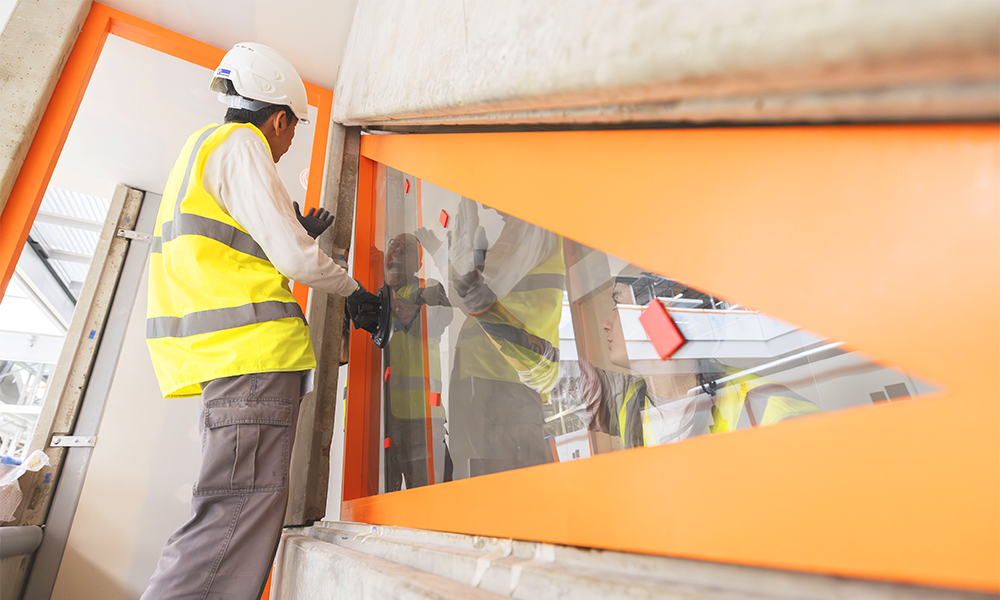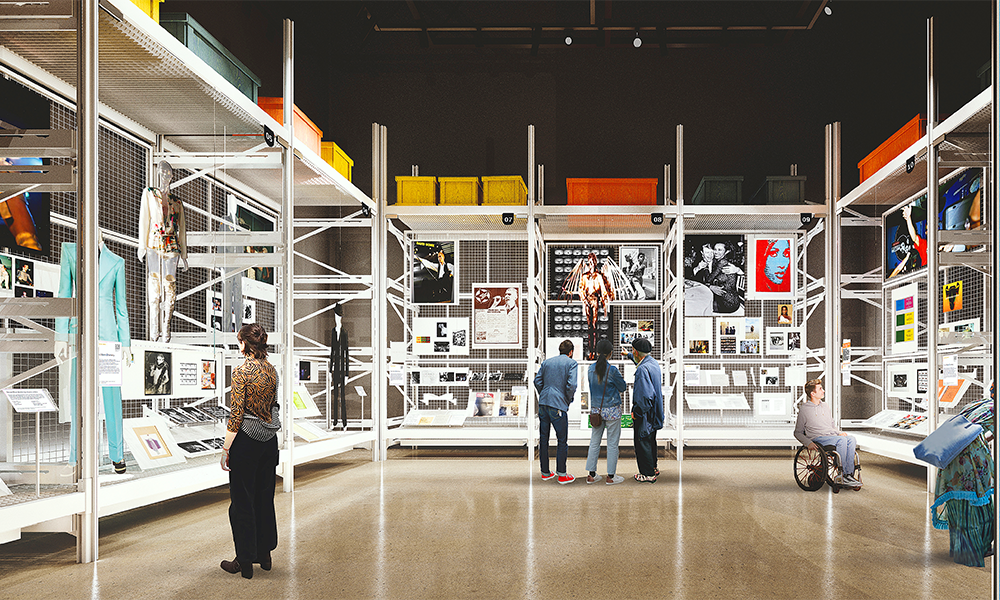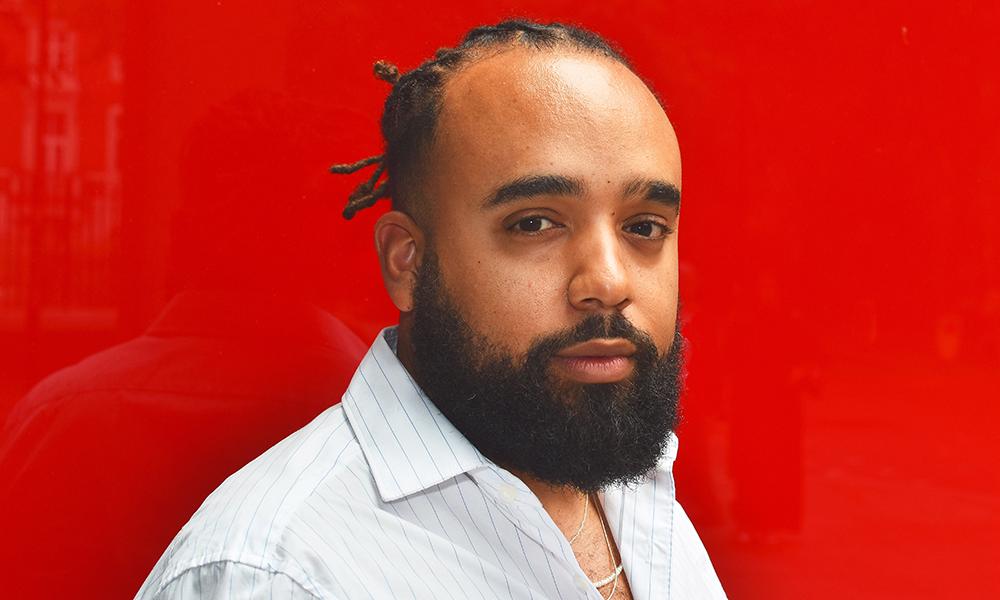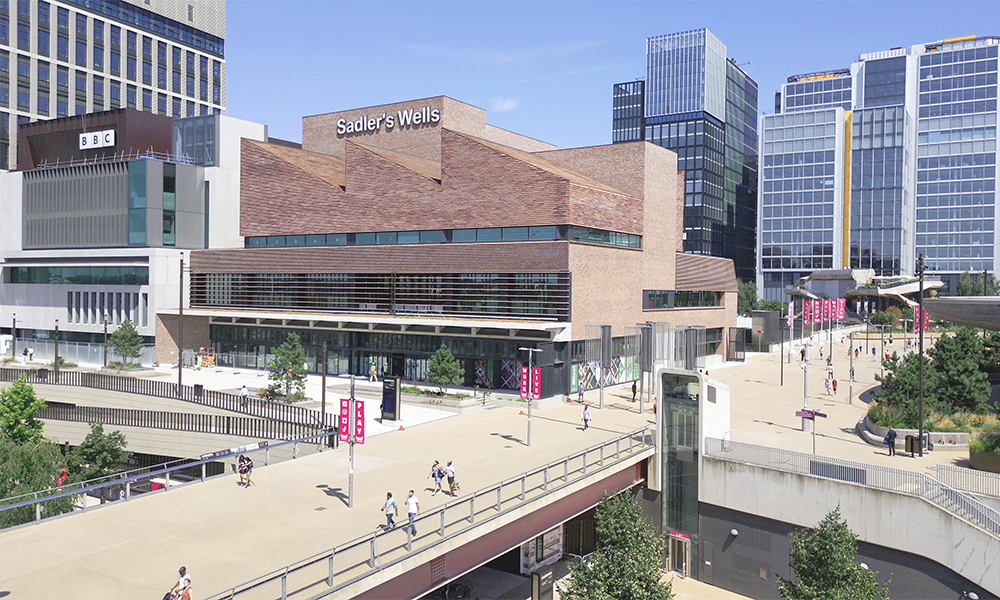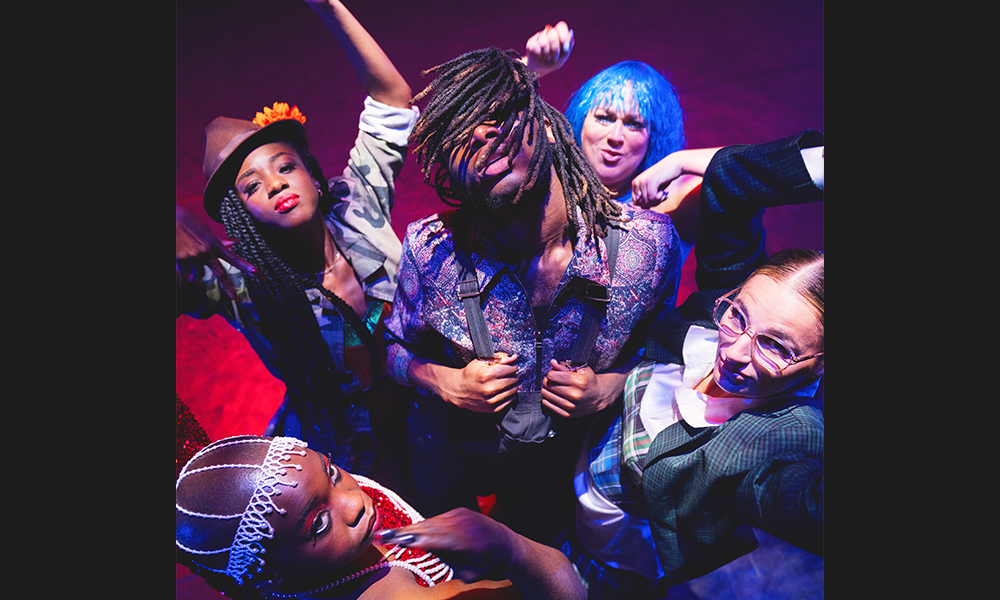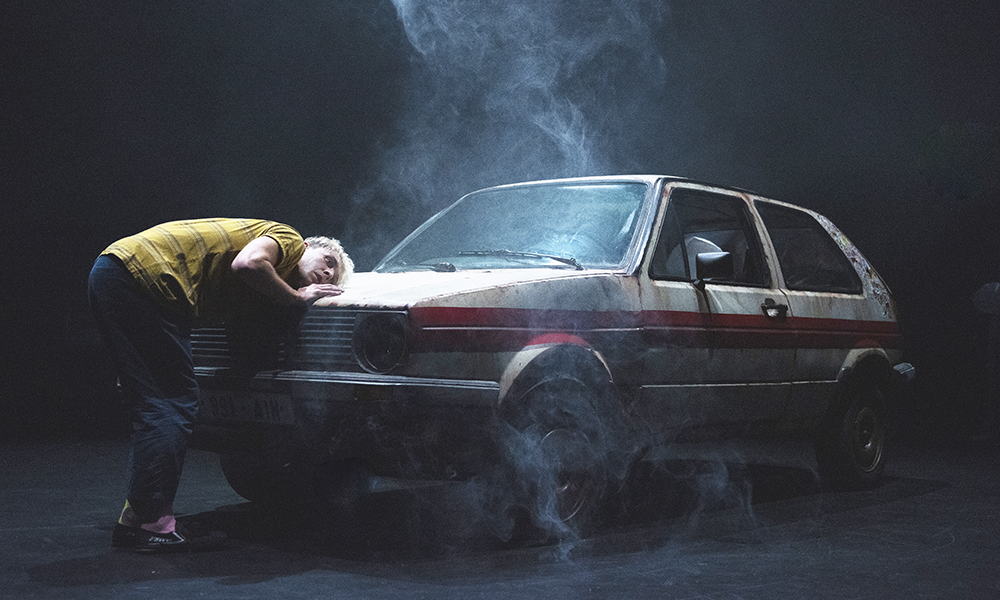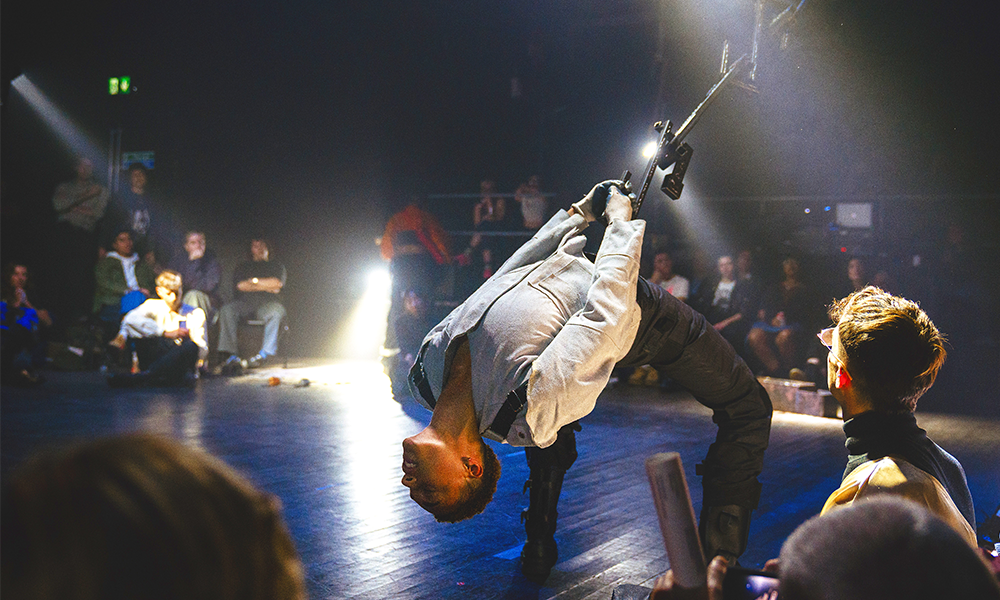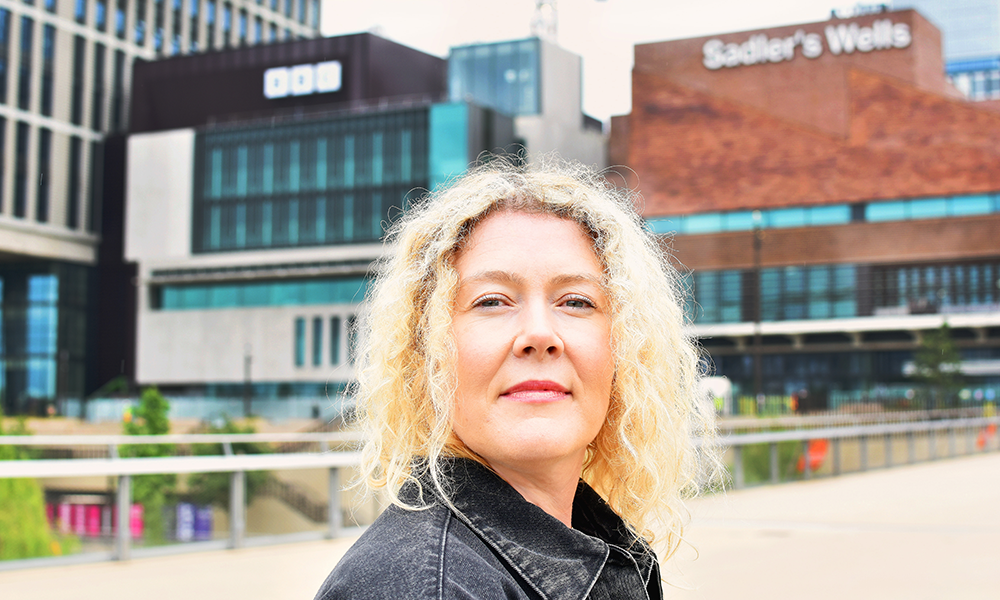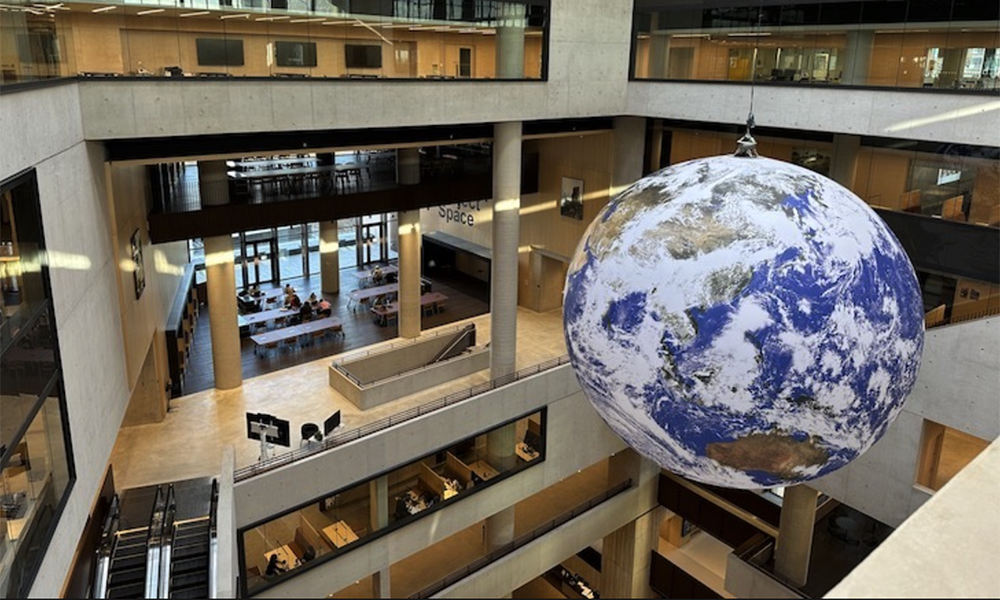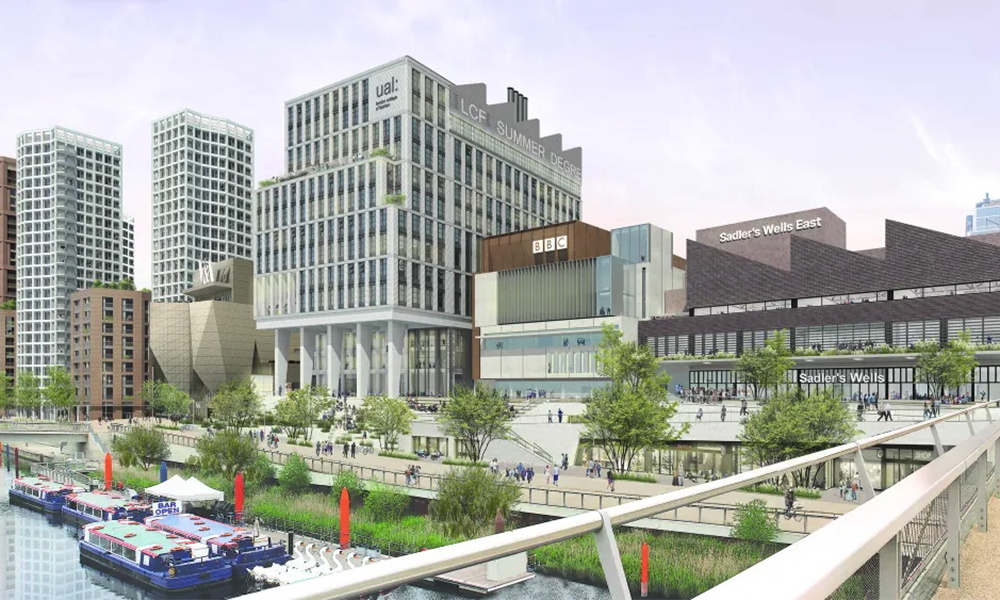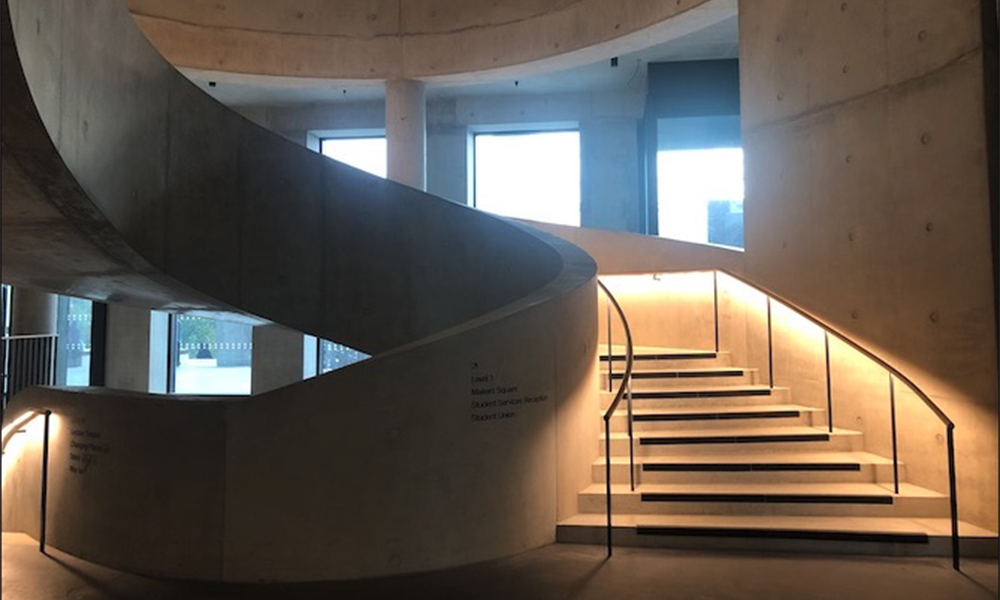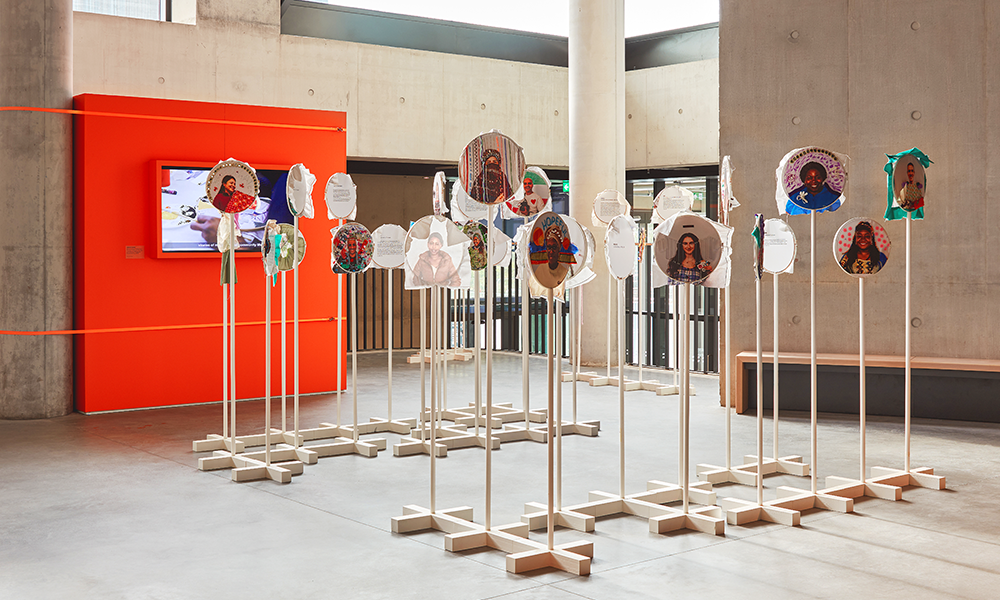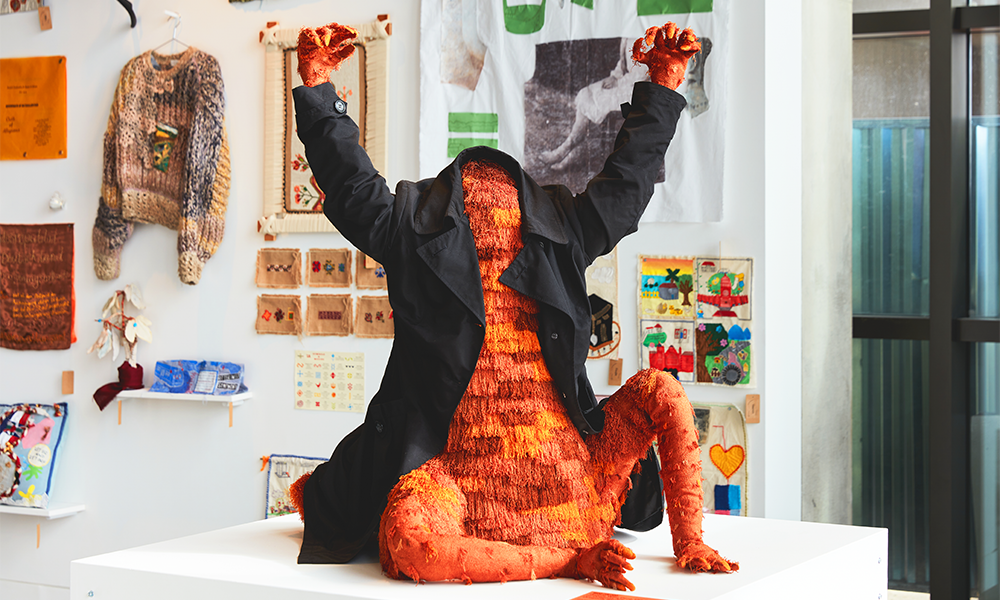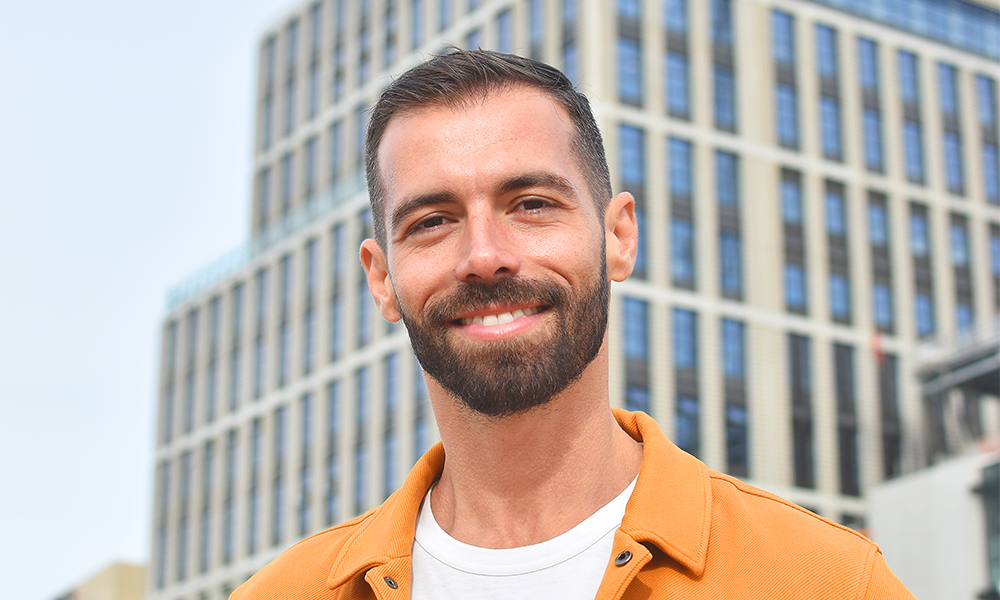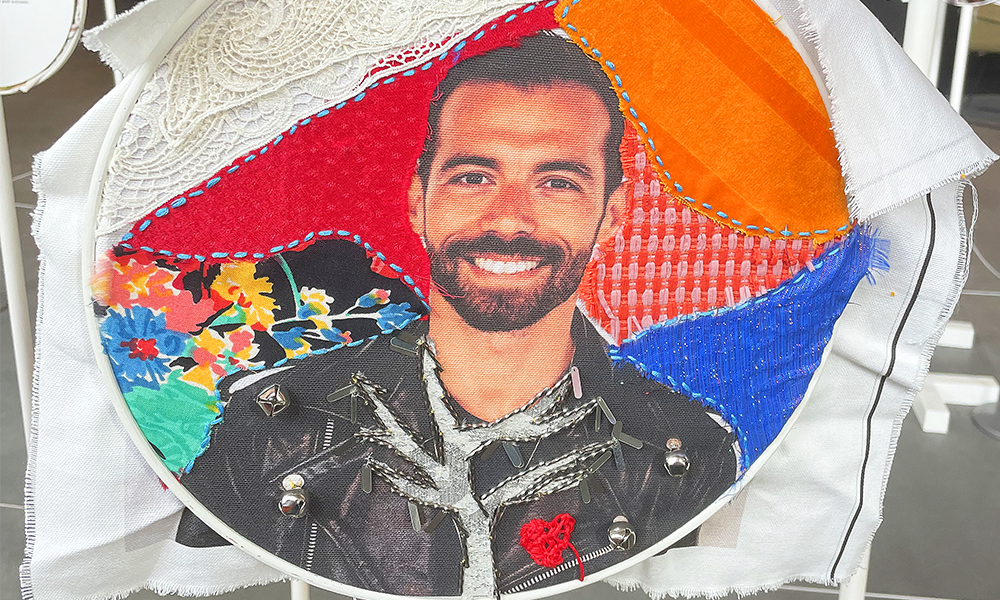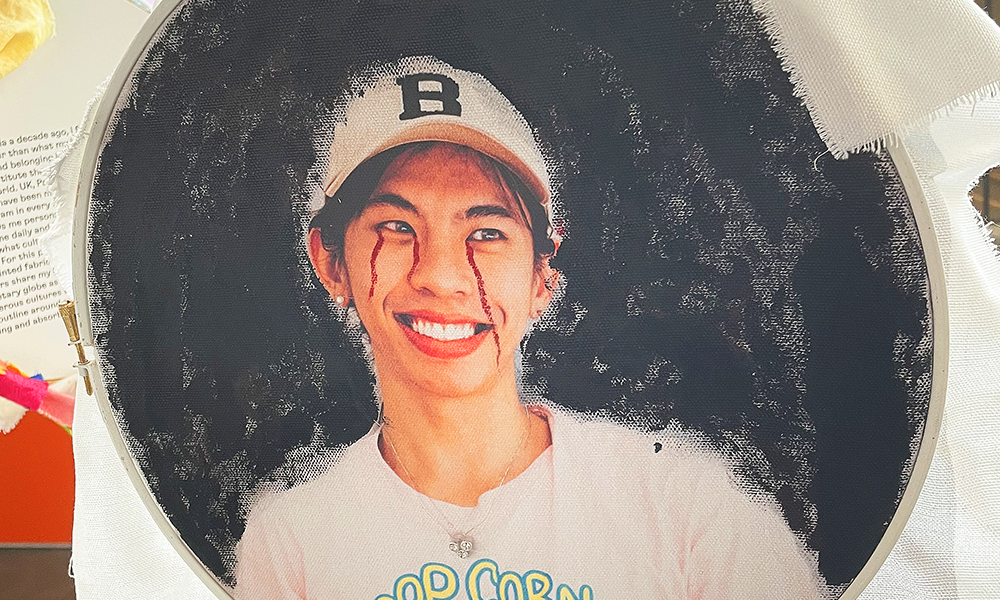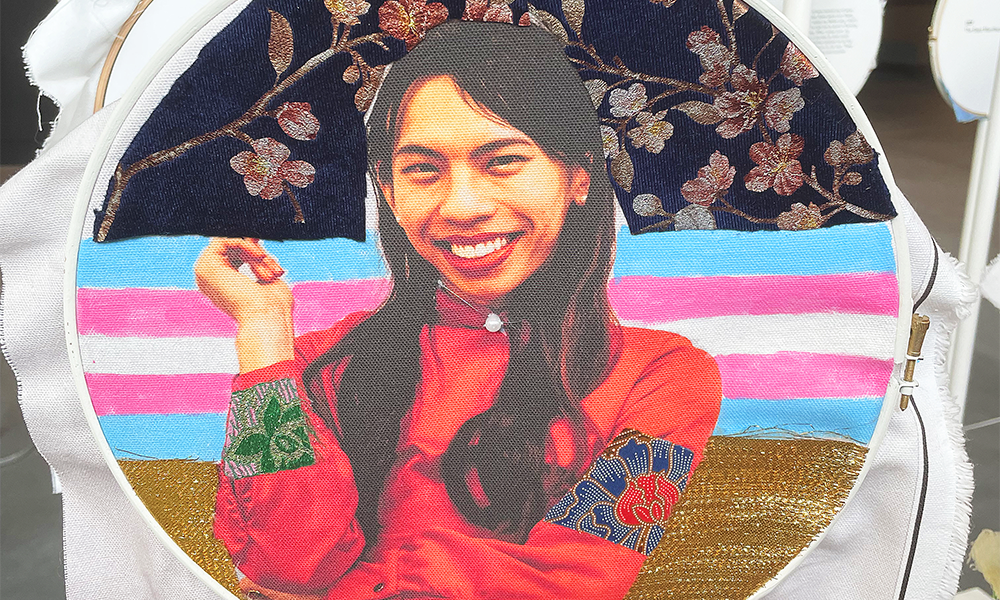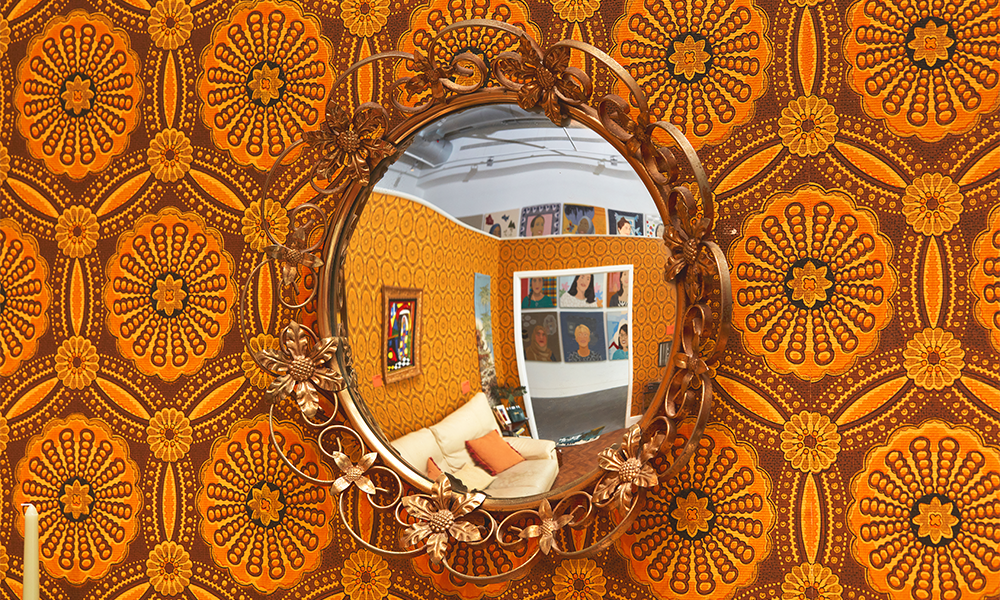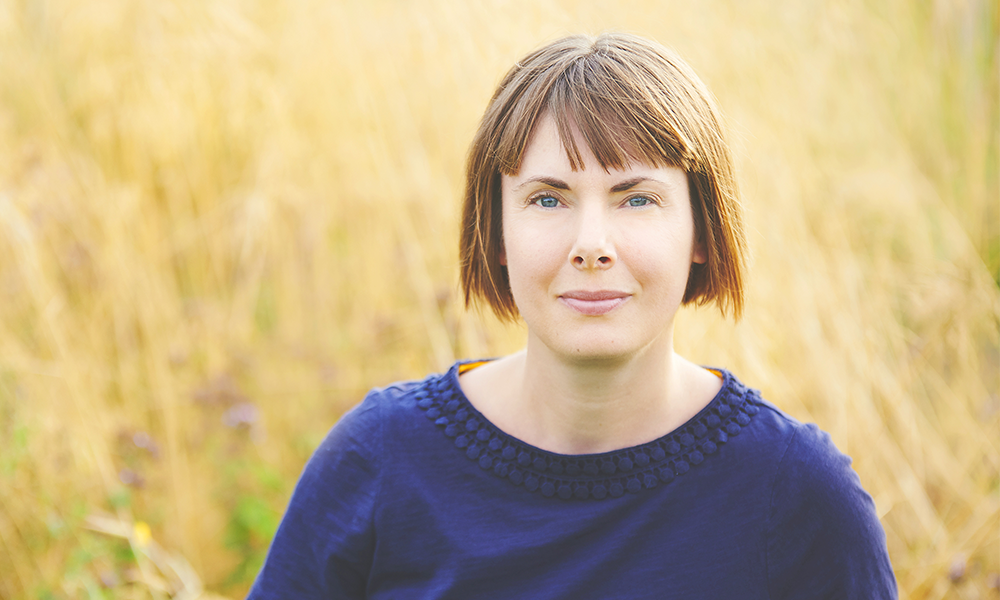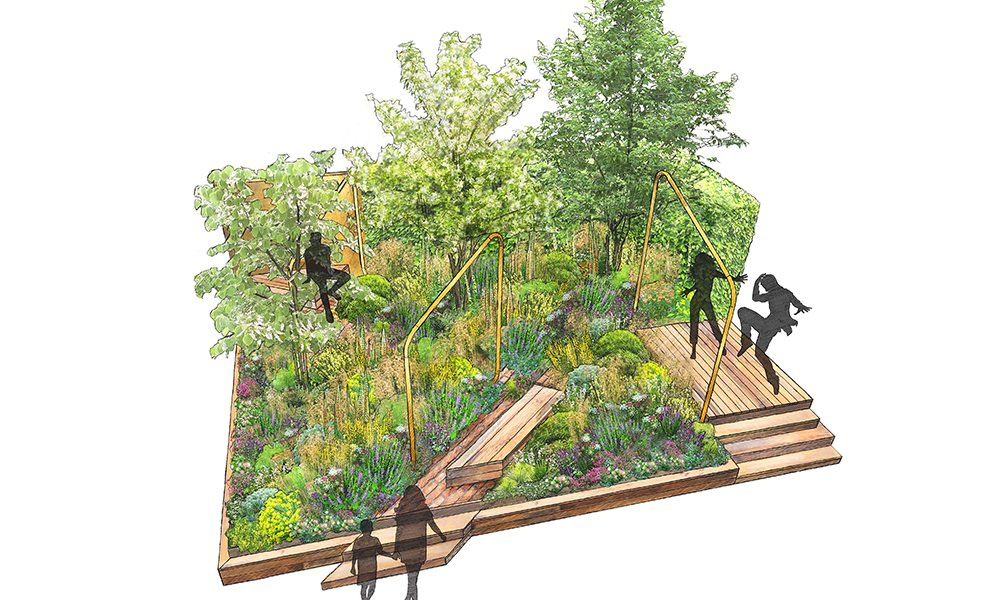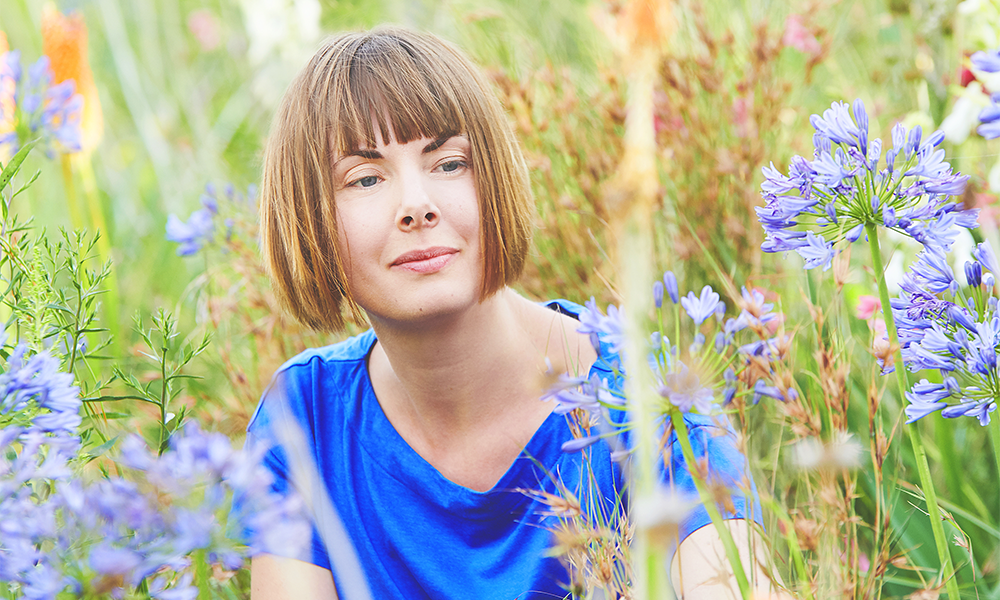Dancer, choreographer and creative Dannielle ‘Rhimes’ Lecointe offers a fresh take on Charles Dickens’ A Christmas Carol at the East Bank venue
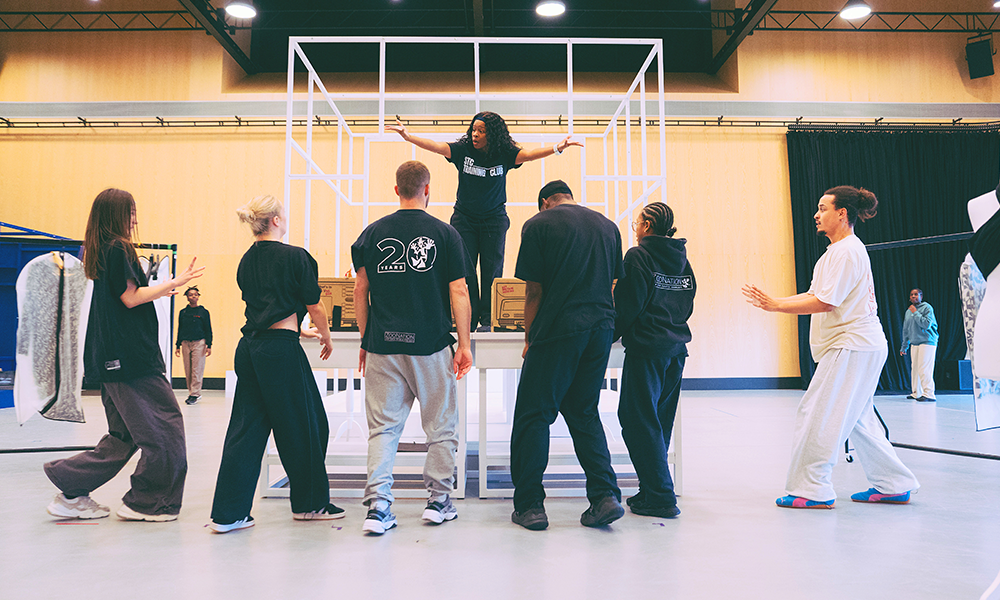
Subscribe to our free Wharf Whispers newsletter here
“I knew I was going to be a dancer from the age of three,” said Dannielle ‘Rhimes’ Lecointe.
“I was dancing on a table on my dad’s birthday and I told him.
“He’s a DJ and a producer and he was supposed to go out and play that night, but I wouldn’t stop dancing or go to bed.”
Growing up in Stratford and Maryland, Rhimes loved music, painting and creativity and “always danced” despite being extremely shy.
“I was fascinated by storytelling and the concepts involved in telling stories,” she said. “I was a teenager when I really got into dance.
“A man named Kenrick Sandy, who’s now co-artistic director of Boy Blue, came to my school when he was about 18 and did freestyle in assembly and I thought: ‘That’s what I want to do’.
“Then he came to teach classes and eventually held auditions for a community dance group for different schools in east London.
“There were loads of us and I remember the day clearly – I was scared but I really knew I wanted to do it and it would change my life.”
After successfully auditioning, Rhimes’ started performing with the group, going on to take part in Sadler’s Wells’ Breakin’ Convention festival in Islington.
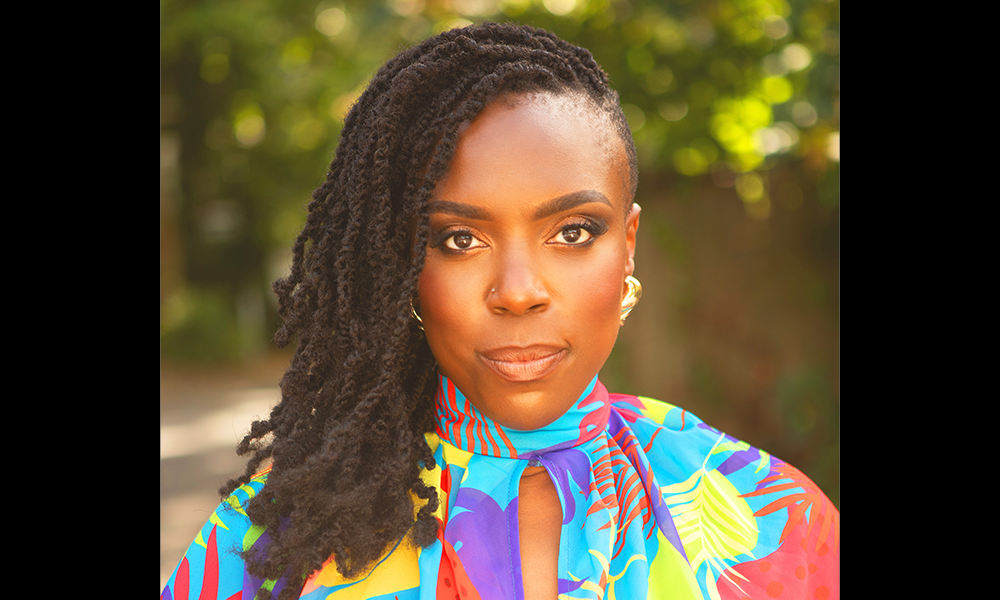
rising through dance
“It was the biggest stage I’d ever been on – it was terrifying,” she said.
“I grew up at a time where there was no-one to aspire to be.
“We had music videos with dancers in the background, but that’s as far as the vision went.
“Being at that festival was a big learning curve, but watching the other artists – global performers coming over from different places – made me think there was more out there.
“I was one of the first from my circle of people who dared to step outside the east London barrier – who went out to participate, to see what was there.
“I wasn’t a trained dancer, I didn’t go to college to do ballet and jazz.
“We learnt in community centres, without mirrors, with crash mats – things weren’t official. I just wanted to explore the possibilities.”
Her talents won her a place at the ZooNation Training Academy, another appearance at Breakin’ Convention and then three years in the cast of hip-hop show Into The Hood in the West End.
Today, having spent much time working with Boy Blue and ZooNation she’s risen to become associate artistic director of the latter, an artist working in a range of disciplines and is the driving force and choreographer for the first ever festive show at Sadler’s Wells East.
Ebony Scrooge is a production with a story inspired by Charles Dickens’ A Christmas Carol, with performances running from November 26, 2025, until January 4, 2026.
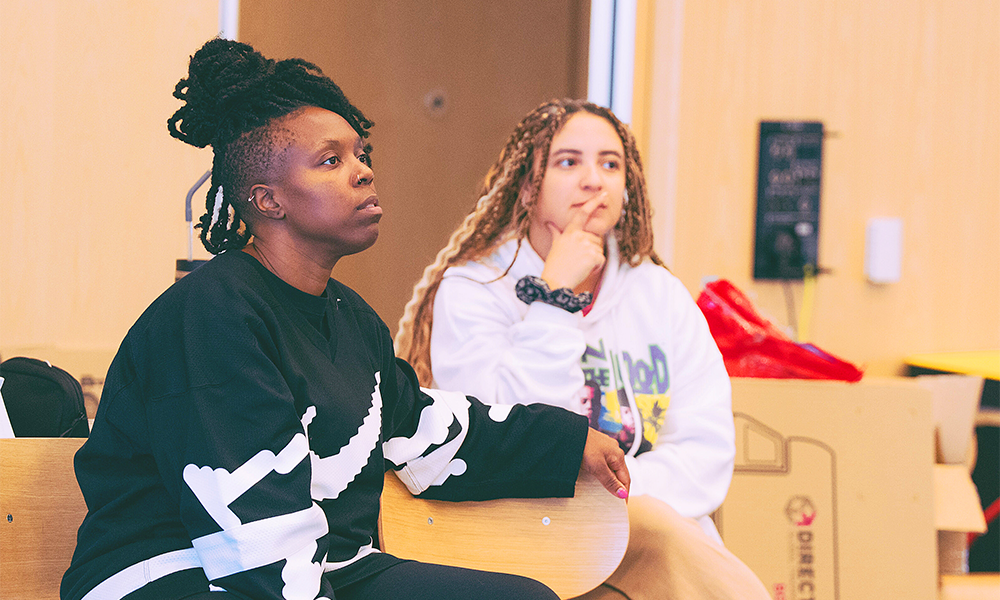
making Ebony Scrooge
“When I initially came on to this stage of making work a number of years ago, I wasn’t really a participant in Christmas,” said Rhimes.
“I’d distanced myself from it when there were some family dynamics that weren’t great.
“But when I was asked if I wanted to do this as a Christmas show, I felt I was in a healing spot, so it aligned perfectly.
“A Christmas Carol is a story I would watch with my grandmother, so that was my choice and the show was dedicated to her and some other women who occupy that position.
“It’s a story made in Christmas time rather than a story about Christmas.
“I pulled back from Christmas when my grandmother had a stroke, because my definition of Christmas was that I would spend time with her.
“It wasn’t about presents, it was about having that family connection. She developed dementia after the stroke and now doesn’t know who I am.
“That journey was quite painful and things were never going to be the same.
“I’m really grateful for this show, because it’s helped me heal and see my grandmother and just honour that she is here, which is a very beautiful thing.”
bright and bold
The show is billed as a bright and bold adaptation of Dickens’ tale blending hip hop, comedy and physical theatre, featuring music from Michael ‘Mikey J’ Asante.
Rhimes said: “I have made an original story inspired by A Christmas Carol. There’s a big fashion element to it.
“Ebony Scrooge is an icon at the top of her game.
“She’s a black female protagonist – the opposite of Ebenezer Scrooge.
“She goes on a journey of finding identity, heritage and what is important.
“We’re in a time when things are very different, but resonate with multitudes of people, whether they celebrate Christmas or not.
“Even if you spend Christmas alone, as I have done, there’s something of self-love and acceptance.
“Audiences can expect high energy, fun, laughter, comedy – all those things – and also weight and emotion, going to deep and vulnerable places.
“It’s London and it’s vibrant, it’s colourful and it’s Christmas, but then we transition into the stark monochrome world of Ebony, and the difference between the world she has created and the world that’s on the outside, and how that affects how people show up, or don’t.
“We’re brought into the relationship between Ebony and her niece and its dysfunction.
“Her desire to put career first and shield herself with barriers and boundaries.
“There’s a disconnect there. So she goes on the journey and has three visitations.
“Instead of the cliché people know there’s a bit of rewiring of the storytelling, there are bits that are scary and bits that are absolutely hilarious.
“If you’re only going to the one show, then this is the show you want to see.
“It’s for the child who can’t stop moving – for them to be inspired and to go after what they can’t stop dreaming of.”
key details: Ebony Scrooge
Ebony Scrooge is set to run at Sadler’s Wells East from November 26, 2025, until January 4, 2026. Ticket prices start at £15 plus a £4 booking fee.
Performances take place at 7.30pm or 2.30pm matinees on selected days during the run.
The venue’s Park Kitchen & Bar will be serving a festive three-course set menu over the Christmas period priced at £35 per person.
Find out more about the show here
Read more: Why a degree in hospitality and tourism can boost your career




